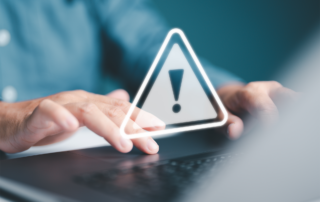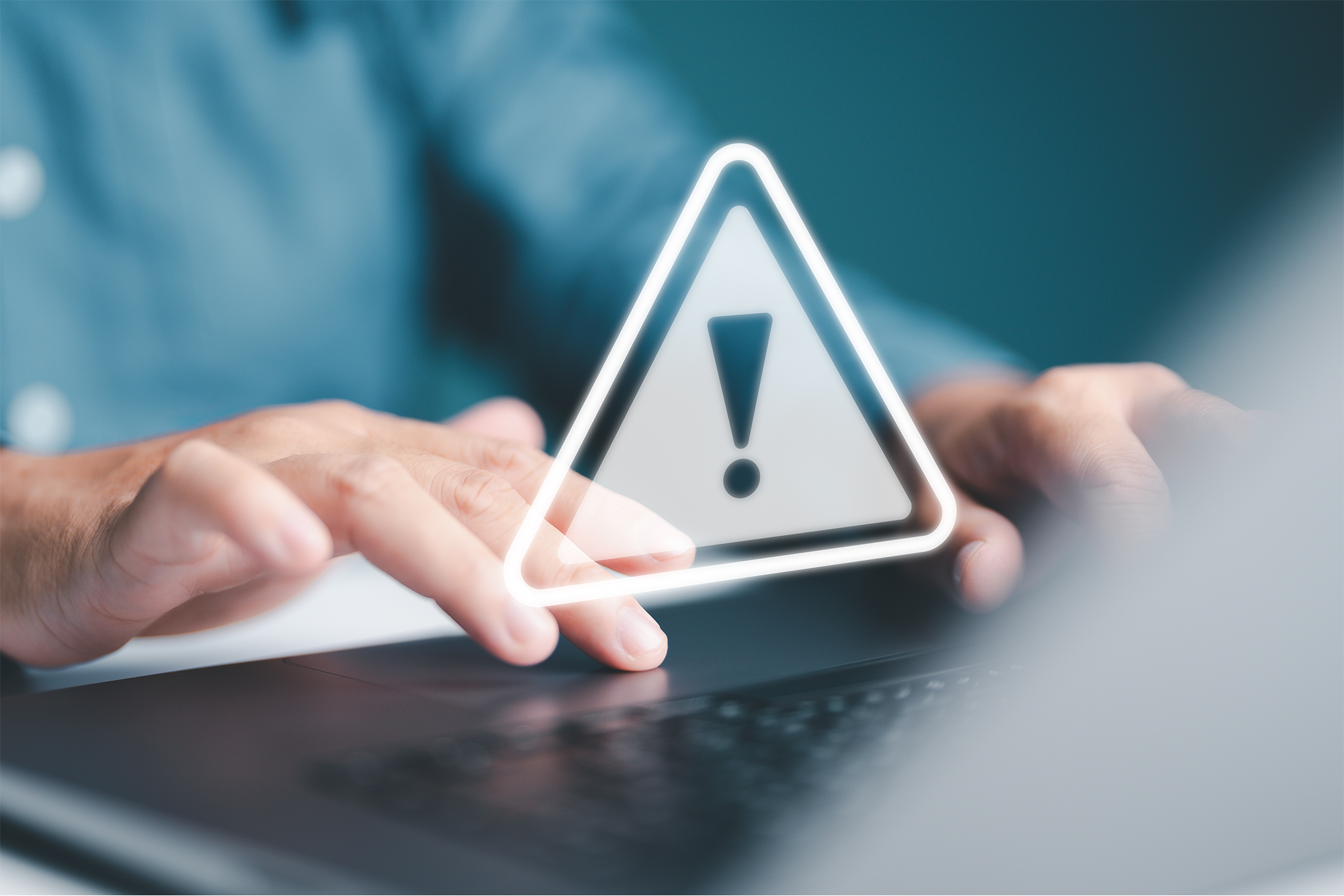POLLUTION LIABILITY COVERAGE FOR SCHOOLS
Any school administrator knows that educational facilities contain countless risks and liabilities to protect against with insurance coverage. But one hazard that many fail to recognize is that of pollution. Because of the unique environment of a school and the greater vulnerability that children have to pollutants, educational facilities actually face one of the largest pollution risks. Plus, many administrators don’t realize that their standard insurance coverage expressly excludes pollution-related claims. Unless you have a separate pollution policy, you are likely completely exposed to this risk.
What Constitutes “Pollution?”
The way insurance companies classify pollution may be different than your definition, and schools have many potential pollution sources. Pollution is often loosely defined for insurance purposes as any type of substance that may cause an adverse reaction to an individual, which means that many incidents you may think are covered under your general liability or property policy are actually excluded as pollution incidents. Here are just some of the possible pollution sources in a school:
- Fumes from fresh paint, new carpeting, cleaning chemicals or pesticides
- Faulty HVAC or ventilation systems
- Mold conditions
- Improperly stored or disposed of chemicals, such as those found in many art and science classrooms
- Drinking water contaminated by lead, sidewalk salt or other chemicals
- Polluted air from nearby building or car emissions
Your Potential Liabilities
The first danger of a pollution incident is extensive bodily injury, which can occur not just to the students, but also to teachers, staff, visitors and others in the surrounding area. These costs alone can be very high, plus you would also be responsible for legal fees and cleanup costs. Good pollution liability coverage can not only cover those costs, but also offer you resources you need to handle the aftermath of such an incident. Pollution coverage may not seem necessary to you, especially if you’ve never had an incident, but the cost of not procuring this coverage for your school could be devastating.
Considerations When Buying Coverage
It is important to identify as many potential pollution sources as you can within your facility to ensure that your policy covers as much as possible. For instance, some policies will not cover retroactive or preexisting pollution conditions. Also, many pollution policies have exclusions that you should be aware of before purchasing.
In addition, you may want to consider purchasing an umbrella policy to help cover any exclusions or catastrophic claims that surpass the limits of your pollution policy. When doing so, or when evaluating your current umbrella coverage, be sure to watch out for any pollution exclusions as well.
Your best bet is to work with an expert in the industry who can help you tailor a pollution risk management program to fit your school’s unique needs. Contact INSURICA today for more information about protecting your facility against pollution.
About the Author
Share This Story
Related Blogs
OSHA’s Safe and Sound Week Scheduled for Aug. 12-18
Each year, more than 5,000 workers are killed on the job. Additionally, more than 3.6 million employees are seriously injured each year while at work. Because of this, the Occupational Safety and Health Administration (OSHA) holds a nationwide event each August called Safe and Sound Week, which promotes the importance of companies incorporating safety and health programs into their workplace. This year, the event runs Aug. 12-18, 2024.
2024 Midyear Market Outlook: Workers’ Compensation
Profitable underwriting results have generated favorable conditions across the workers’ compensation insurance market for nearly a decade. According to the National Council on Compensation Insurance (NCCI), the segment produced combined ratios of 84.5 and 84.9 in 2022 and 2023, respectively, demonstrating continued profitability.
CrowdStrike, the Most Important Cyber Accumulation Loss Event Since NotPetya, Highlights Single Points of Failure
In what is being called “the most important cyber accumulation loss event since NotPetya,” the July 19, 2024, global technology outage (CrowdStrike) will produce scores of insurance claims across a range of policies, test cyber policy wordings,and sharpen the industry’s focus on single points of failure.







